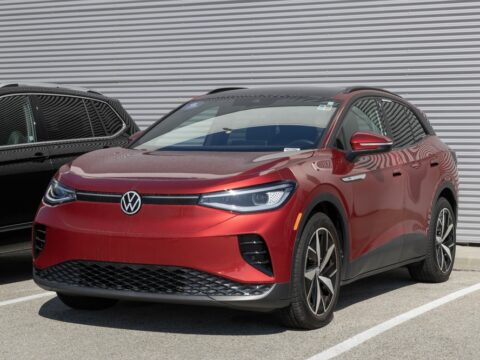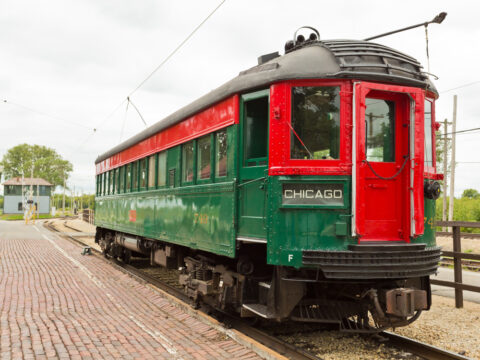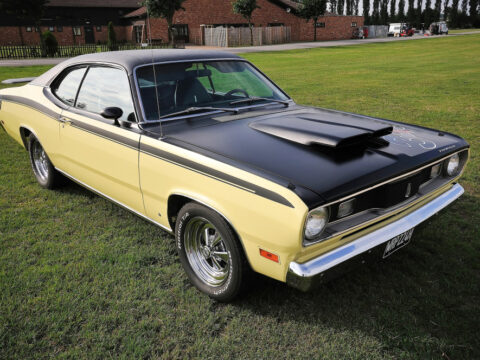In the grand tapestry of automotive history, amid the sleek silhouettes and roaring engines, lies a whimsical subplot rich with peculiarity: the oddballs of classic cars. These mechanical misfits, with their unconventional designs and features, dared to detour off the beaten path of traditional automaking. From three-wheeled wonders and jet-inspired fantasies to microcars that could fit in a living room, these vehicular visionaries have etched their eccentricities into the annals of time.
Contents
1942 Oeuf électrique
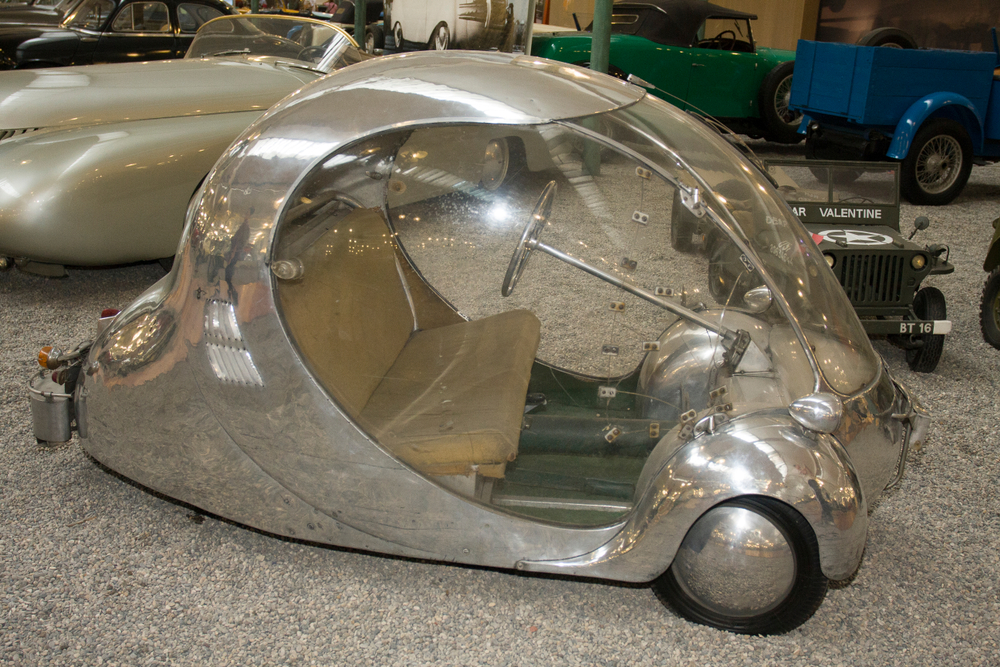
The Oeuf électrique, or “Electric Egg,” was a tiny, three-wheeled electric car designed by French artist and inventor Paul Arzens. With its bubble-like glass canopy and aluminum body, the vehicle looked more like a prop from a science fiction movie than a car. It had a top speed of 37 mph and a range of 63 miles, which was impressive for an electric vehicle of its time, but its peculiar design was not widely adopted.
1936 Stout Scarab
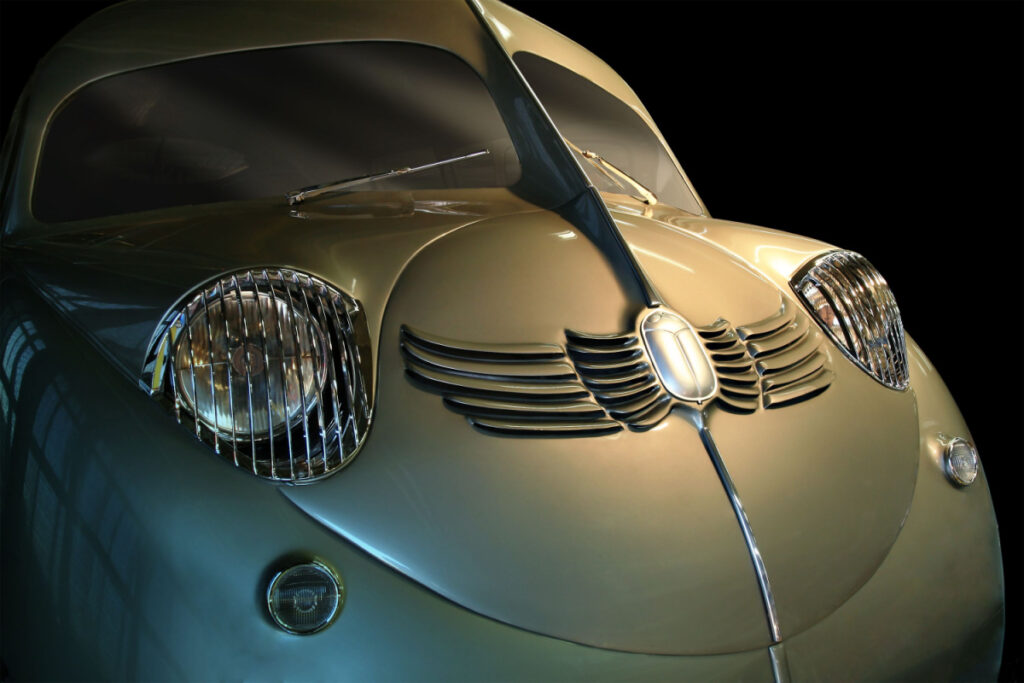
The Stout Scarab is often considered the first minivan, but with a design that was more reminiscent of a scarab beetle than a family vehicle. Its creator, William Bushnell Stout, designed it with a rear engine and a spacious, adaptable interior that included movable and removable seating – even a fold-out table. However, its unconventional design and high cost made it a rarity, with fewer than a dozen produced.
1955 Chrysler (Ghia) Streamline X Gilda
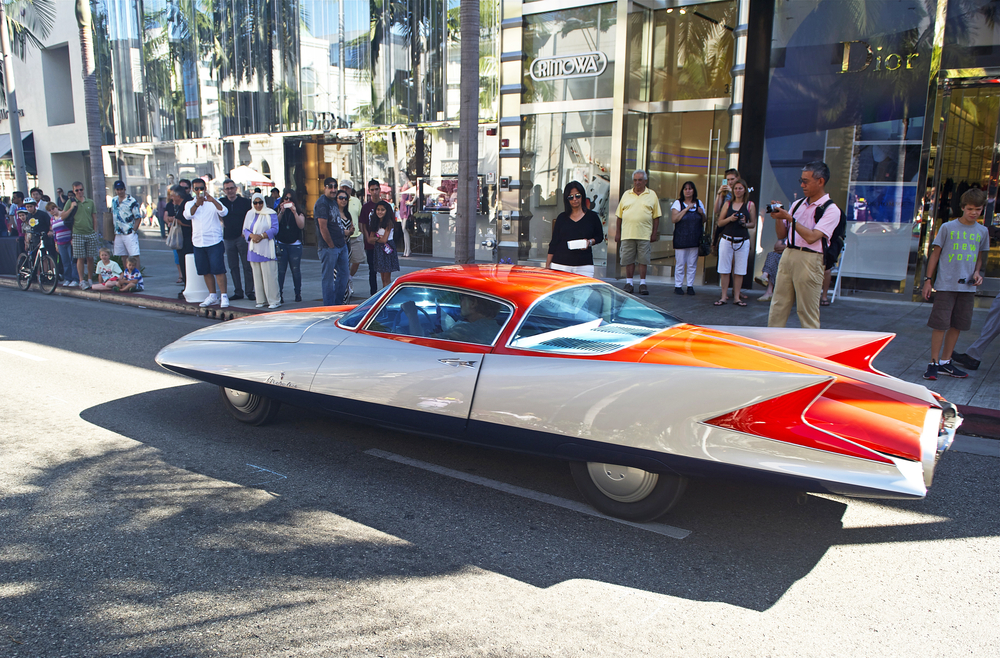
This concept car, a collaboration between Chrysler and the Italian design house Ghia, boasted a jet-inspired design complete with a turbine engine. Its streamlined, aerodynamic shape and dramatic tail fins made it stand out. Named “Gilda” after Rita Hayworth’s character in the 1946 film, it turned heads but was deemed too impractical for mass production.
1967 Amphicar Model 770

The Amphicar was a quirky combination of a car and a boat, known for its ability to drive on land and sail on water. Powered by a Triumph Herald engine, it had a top speed of 70 mph on land and 7 knots on water. The novelty of the Amphicar won it some fans, but its dual-purpose nature meant it wasn’t particularly excellent at being either a car or a boat, leading to limited popularity.
BMW Isetta
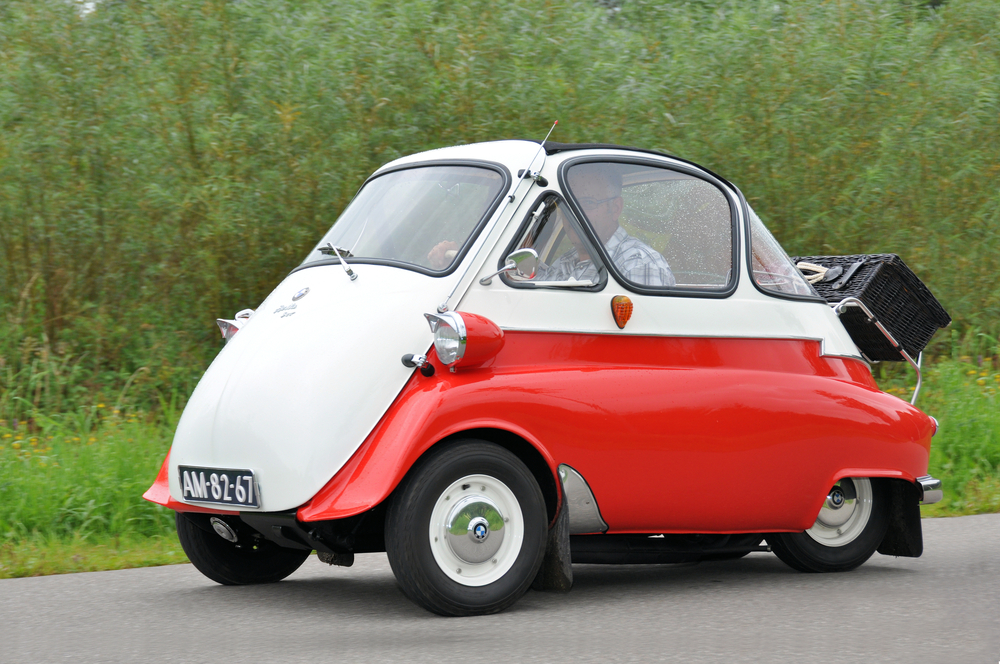
The BMW Isetta, an Italian-designed microcar built under license by several manufacturers, is known for its egg shape and bubble-like windows. It was quirky for its front-opening single door, which included the steering wheel attached to it, making entry and exit an event in itself. Its tiny size made it popular in post-war Europe due to its affordability and fuel efficiency, but its peculiar design has always been a topic of amusement.
1963 Peel P50
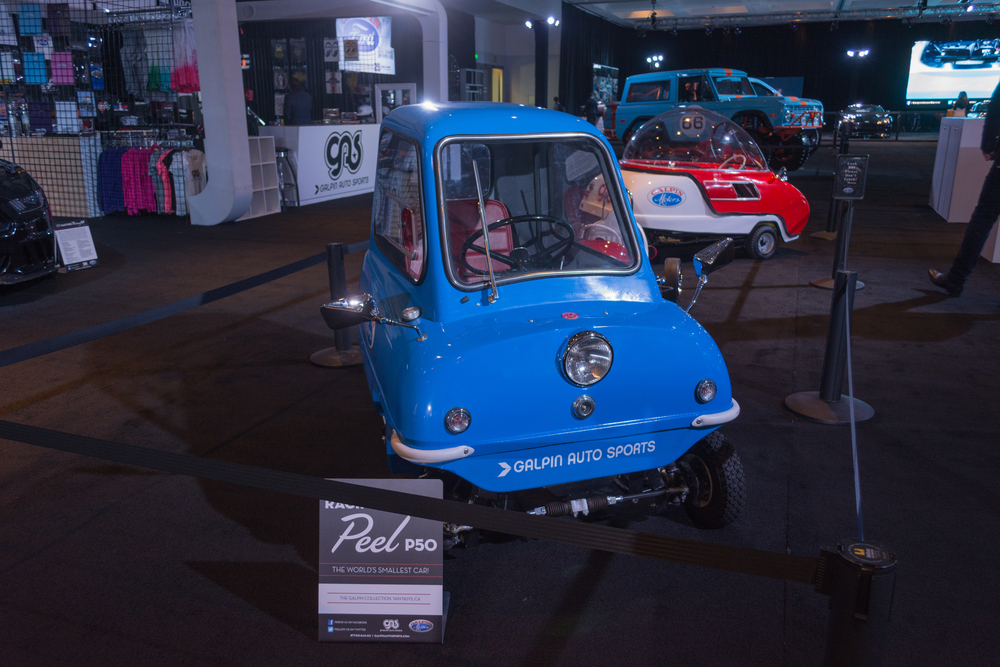
This three-wheeled microcar holds the record as the smallest production car ever made. Manufactured by the Peel Engineering Company on the Isle of Man, the car has no reverse gear but a handle at the rear allows it to be physically maneuvered when required. It was advertised as being able to seat “one adult and a shopping bag,” and its minuscule size and peculiarity made it a symbol of oddball engineering.
1973 Reliant Robin
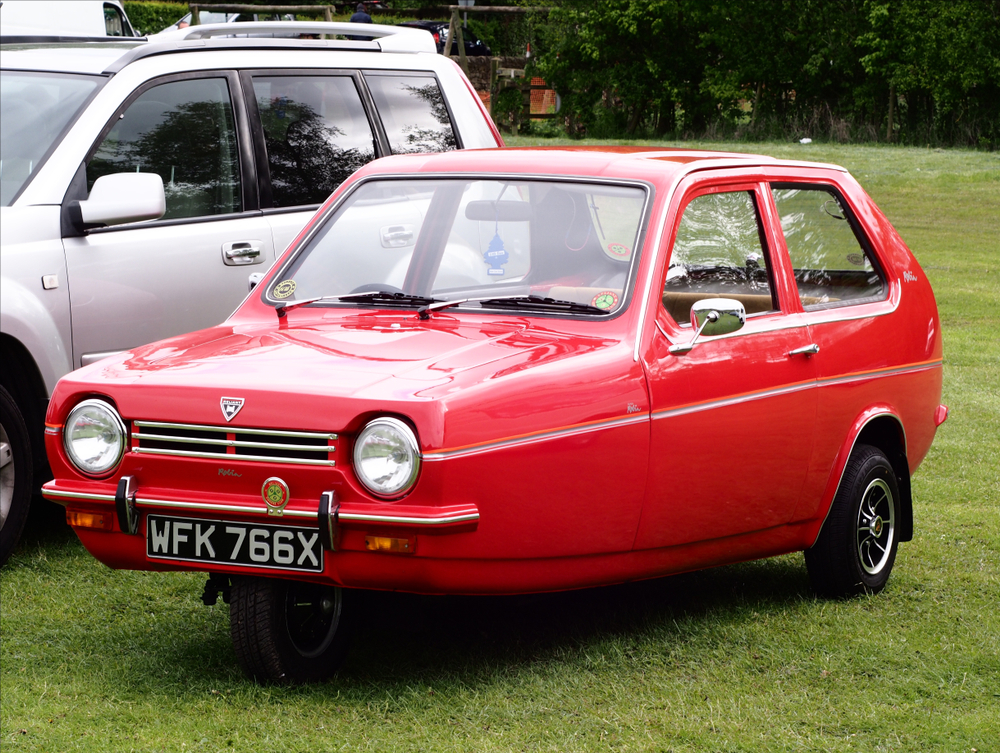
The Reliant Robin is notorious for its three-wheeled design and a tendency to tip over during sharp turns if driven imprudently. It was designed to exploit a UK tax loophole, where it was classified as a motorcycle, making it cheaper to tax and drive. Despite its instability, it was received well because of its economic advantages and was produced for several decades.
1961 Citroën Ami 6
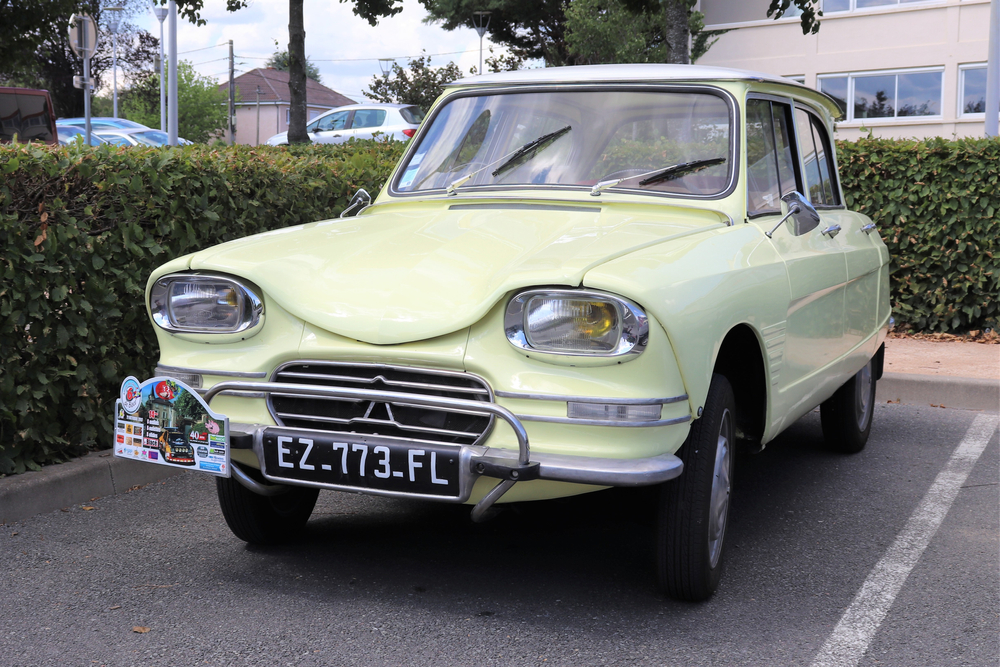
The Citroën Ami 6 was France’s answer to the VW Beetle. With its reverse-raked rear window and angular lines, it was considered stylistically controversial. However, it was designed with aerodynamics in mind and was quite popular in France, offering a distinctive alternative to the more conventional cars of the time.
1947 Davis Divan
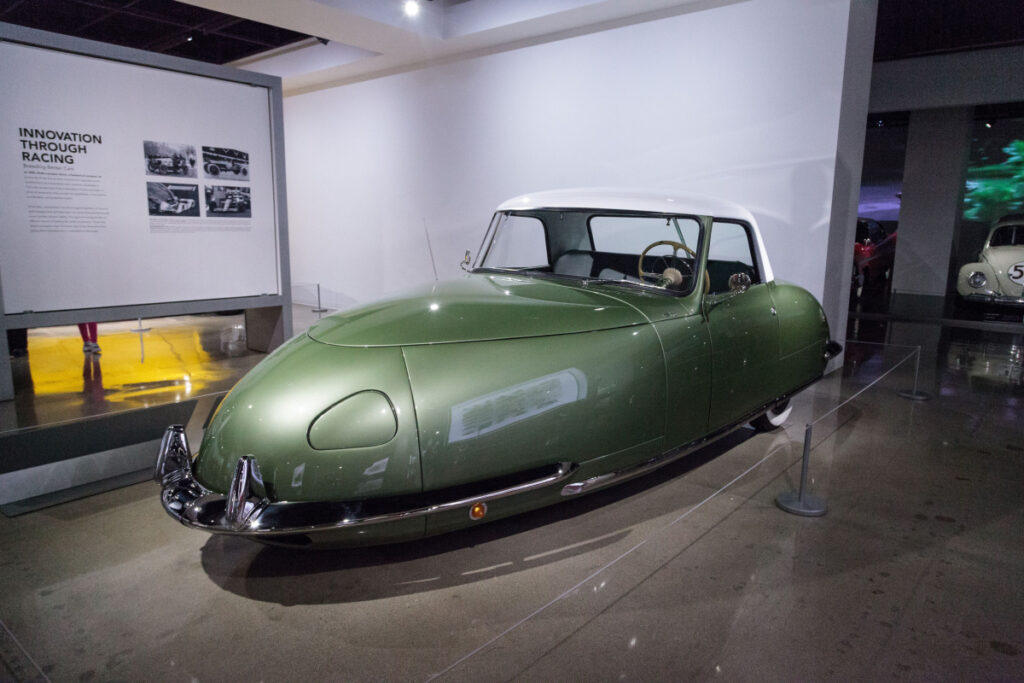
The Davis Divan was a three-wheeled convertible that boasted a single, wide bench seat that could accommodate four people sitting side by side. Its aircraft-inspired design, with aluminum bodywork and a low, sleek profile, was unconventional. Only 13 were made, as the company was mired in financial and legal troubles almost from the start.
1962 Daimler SP250 “Dart”
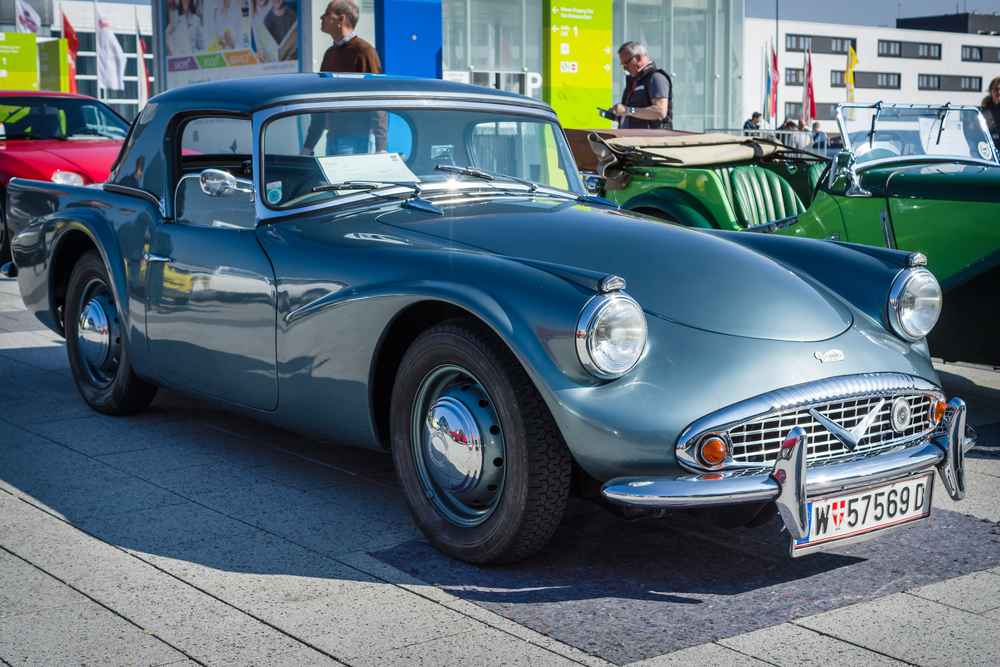
Nicknamed “Dart,” the Daimler SP250 was a V8-powered British sports car with a fiberglass body that polarized opinion with its catfish-like front end and curvaceous styling. It was intended to break into the American market but never gained the popularity of its contemporaries, largely due to its unconventional looks. However, it has since gained a cult following for its unique character and performance.
This article originally appeared on MyCarMakesNoise.
More from MyCarMakesNoise
14 Timeless Convertibles That Redefined Cool

Driving is not just a means to get from one place to another; for many, it’s an expression of freedom, a journey where the destination is secondary to the thrill of the ride. This sensation is elevated to its purest form in a convertible, where the roof peels back to reveal not just the sky but a whole new layer of driving enjoyment. Read More
25 Overlooked Vintage Cars That Deserve a Second Chance

In the world of classic automobiles, some vintage cars get all the attention while others remain largely overlooked. This list highlights 25 vintage cars that deserve a second look. Read More
15 Vintage Mustangs No Collector Wants

When it comes to classic cars, the Ford Mustang often stands out as an icon of American automotive history. However, not all Mustangs are created equal. While some vintage models have become highly sought-after collector’s items, others have faded into obscurity for various reasons. Read More

